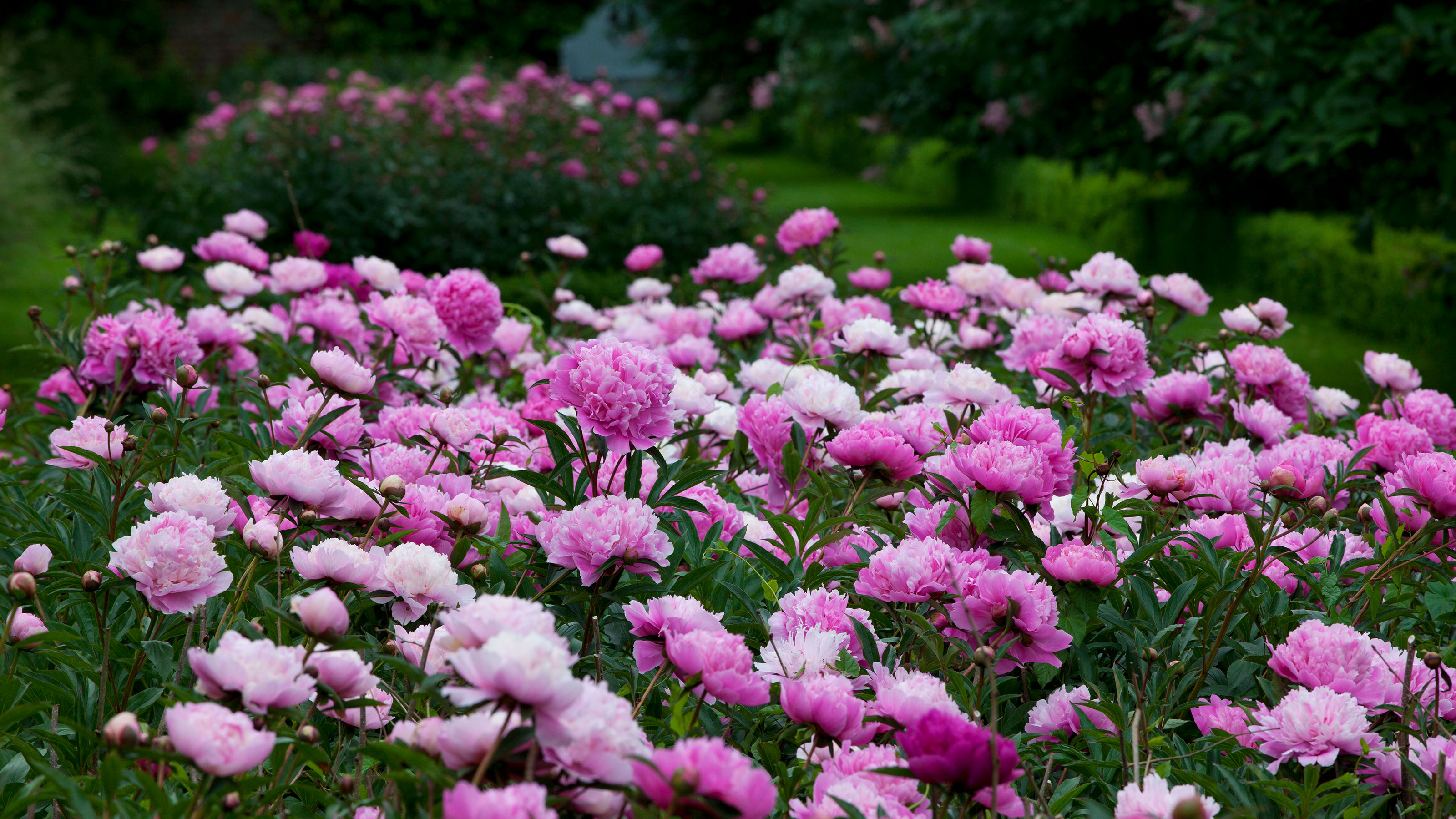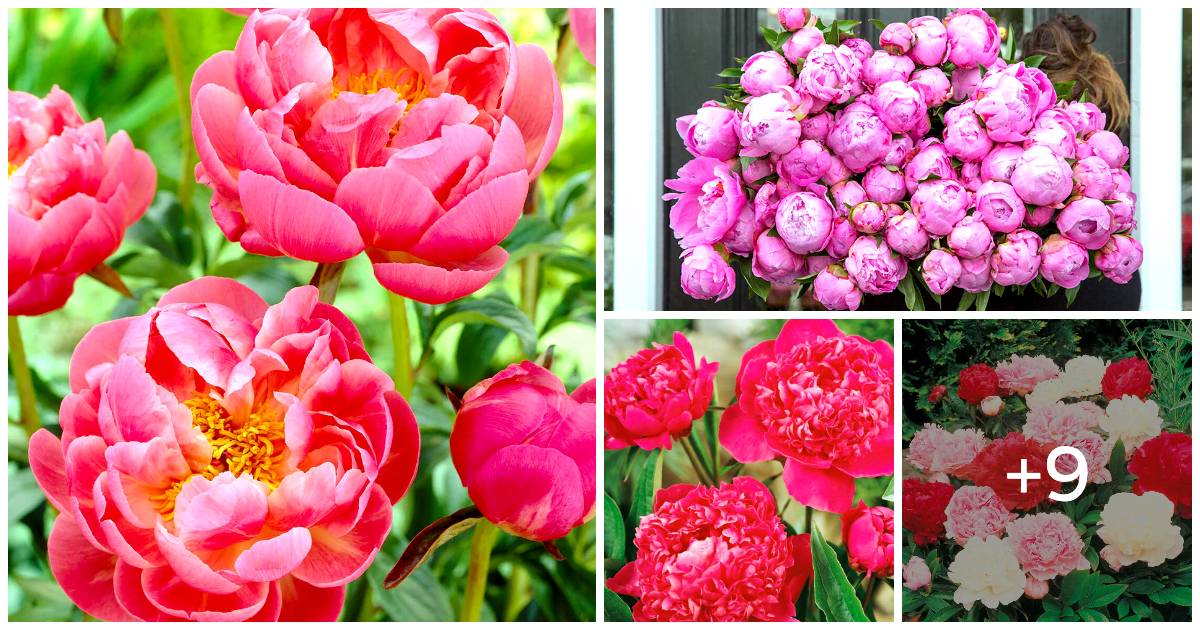Understanding Peony Planting Seasons
Peonies are one of the most beloved perennials in gardens, known for their stunning blooms and lush foliage. However, to ensure these beautiful flowers thrive, it’s essential to plant them at the right time. The question of when to plant peonies is a common one, and the answer depends on various factors, including climate, soil temperature, and frost dates. In general, peonies are typically planted in the fall or early spring, as these periods offer the best conditions for establishment and growth.
Planting peonies in the fall, about 6-8 weeks before the first frost, allows the roots to establish themselves before winter. This head start enables the plants to develop a strong root system, which is crucial for healthy growth and blooming. In contrast, planting in the early spring, as soon as the soil can be worked, provides an opportunity for the peonies to establish themselves before the heat of summer. This timing also allows for better air circulation and sunlight penetration, reducing the risk of disease and promoting healthy growth.
Understanding the specific planting seasons for peonies is vital to ensure optimal growth and blooming. By planting at the right time, gardeners can provide their peonies with the best possible start, setting them up for success and a long, healthy life. Whether planting in the fall or early spring, it’s essential to choose healthy peony roots and prepare the soil properly to give these beautiful flowers the best chance to thrive.
How to Choose the Perfect Planting Time for Your Peonies
Determining the best planting time for peonies can be a bit tricky, but by considering a few key factors, gardeners can ensure optimal growth and blooming. Climate, soil temperature, and frost dates are all crucial elements to consider when deciding when to plant peonies. In general, peonies thrive in temperate climates with cold winters and warm summers, making fall or early spring the ideal planting times.
Soil temperature is another essential factor to consider. Peonies prefer soil temperatures between 40°F and 70°F (4°C and 21°C), which is typically achieved in the fall or early spring. Avoid planting in the heat of summer, as this can cause stress to the plants and lead to poor growth. Frost dates are also important to consider, as peonies need a period of winter chill to induce dormancy and promote healthy growth.
To prepare the soil for planting, gardeners should choose a location with well-draining soil and full sun to partial shade. Peonies prefer a slightly acidic to neutral soil pH, ranging from 6.0 to 7.0. Before planting, amend the soil with compost or well-rotted manure to improve its fertility and drainage. When selecting healthy peony roots, look for firm, plump roots with at least three to five “eyes” or buds. Avoid roots that are soft, mushy, or show signs of rot.
By considering these factors and taking the time to prepare the soil and choose healthy roots, gardeners can ensure their peonies get off to a strong start. Whether planting in the fall or early spring, following these guidelines will help gardeners determine the perfect planting time for their peonies and set them up for success.
The Benefits of Fall Planting for Peonies
Planting peonies in the fall offers several advantages that can lead to healthier, more robust plants. One of the primary benefits of fall planting is the opportunity for roots to establish themselves before winter. This allows the peonies to develop a strong root system, which is essential for supporting the plant’s growth and blooming.
Another benefit of fall planting is the potential for earlier blooms in the spring. By giving the roots a head start on establishing themselves, peonies planted in the fall are more likely to produce flowers earlier in the growing season. This can be especially beneficial for gardeners who want to enjoy their peonies’ blooms as soon as possible.
Fall planting also allows gardeners to take advantage of the cooler temperatures and increased moisture of the season. This can help to reduce stress on the plants and promote healthy growth. Additionally, fall planting can help to avoid the heat and dryness of the summer months, which can be challenging for newly planted peonies.
When planting peonies in the fall, it’s essential to choose a location with well-draining soil and full sun to partial shade. Peonies prefer a slightly acidic to neutral soil pH, ranging from 6.0 to 7.0. Before planting, amend the soil with compost or well-rotted manure to improve its fertility and drainage. By following these guidelines and taking advantage of the benefits of fall planting, gardeners can give their peonies the best possible start and enjoy beautiful blooms for years to come.
Spring Planting: A Good Alternative for Peony Enthusiasts
While fall planting is often preferred for peonies, spring planting can be a good alternative for gardeners who miss the fall window or prefer to plant in the spring. One of the benefits of spring planting is the ability to plant bare-root peonies, which can be a more cost-effective option than purchasing potted plants.
Spring planting also offers the potential for faster establishment, as the soil is typically warmer and more conducive to growth in the spring. However, it’s essential to plant as soon as the soil can be worked in the spring, as peonies have a relatively short window for planting before the heat of summer sets in.
When planting peonies in the spring, it’s crucial to choose a location with well-draining soil and full sun to partial shade. Peonies prefer a slightly acidic to neutral soil pH, ranging from 6.0 to 7.0. Before planting, amend the soil with compost or well-rotted manure to improve its fertility and drainage.
It’s also important to note that spring-planted peonies may not bloom as profusely in the first year as fall-planted peonies. However, with proper care and attention, spring-planted peonies can still thrive and produce beautiful blooms in subsequent years.
Overall, spring planting can be a good option for peony enthusiasts who want to add these beautiful flowers to their garden. By following the proper planting and care techniques, gardeners can enjoy the beauty of peonies in their garden, regardless of when they plant them.
What to Avoid When Planting Peonies
While planting peonies can be a rewarding experience, there are several common mistakes to avoid in order to ensure healthy growth and optimal blooming. One of the most critical errors is planting peonies too deeply. Peonies have a shallow root system, and planting them too deeply can cause the roots to rot and the plant to become susceptible to disease.
Another mistake to avoid is not providing enough sunlight for peonies. Peonies require at least six hours of direct sunlight per day to produce plenty of blooms. If the area where you plan to plant peonies receives less sunlight, consider pruning nearby trees or shrubs to allow more sunlight to reach the plants.
Neglecting to water peonies properly is also a common mistake. Peonies require consistent moisture, especially during the first growing season after planting. However, overwatering can be detrimental to the plants, so it’s essential to strike a balance between keeping the soil moist and not waterlogging it.
Other mistakes to avoid when planting peonies include using low-quality potting mix, not providing enough space between plants, and not deadheading spent blooms. By avoiding these common mistakes, gardeners can help ensure their peonies receive the best possible start and thrive for years to come.
Additionally, it’s essential to be aware of the specific needs of the peony variety you are planting. Some peonies may require more or less sunlight, water, or fertilizer than others. By understanding the unique needs of your peonies, you can provide them with the optimal growing conditions and enjoy their beautiful blooms for years to come.
Post-Planting Care for Peonies
After planting peonies, it’s essential to provide them with the right care to ensure they thrive and produce plenty of blooms. One of the most critical aspects of post-planting care is watering. Peonies require consistent moisture, especially during the first growing season after planting. However, overwatering can be detrimental to the plants, so it’s essential to strike a balance between keeping the soil moist and not waterlogging it.
Fertilizing is also crucial for peonies. A balanced fertilizer applied in the spring and again after blooming can help promote healthy growth and blooming. However, avoid overfertilizing, as this can cause the plants to become leggy and reduce blooming.
Deadheading is another important aspect of post-planting care for peonies. Removing spent blooms can help encourage the plants to produce more flowers and prevent seed production. Simply snip off the spent blooms at the base of the stem, making sure not to damage the foliage or buds.
Providing support for tall peony varieties is also essential. These plants can grow quite tall and may require staking to prevent them from toppling over in the wind. Use a sturdy stake and tie the plant to it using a soft material like twine or velcro.
Mulching is another great way to care for peonies after planting. Mulch helps retain moisture in the soil, suppress weeds, and regulate soil temperature. Use a thin layer of organic mulch like wood chips or bark, and keep it a few inches away from the base of the plants.
By following these post-planting care tips, gardeners can help ensure their peonies thrive and produce plenty of beautiful blooms for years to come.
Tips for Planting Peonies in Containers
Planting peonies in containers can be a great way to enjoy these beautiful flowers in small spaces or to add a pop of color to a patio or balcony. However, it’s essential to choose the right pot size and provide the right growing conditions for the peonies to thrive.
When selecting a pot for your peonies, choose one that is at least 12-18 inches deep and has good drainage holes. This will provide the roots with enough room to grow and prevent waterlogging. Use a well-draining potting mix specifically designed for containers, and avoid using regular garden soil as it can compact and prevent proper drainage.
Peonies in containers require full sun to partial shade, so choose a location that receives at least 6 hours of direct sunlight per day. Water the peonies regularly, but avoid overwatering, which can lead to root rot and other problems. Fertilize the peonies regularly, using a balanced fertilizer that is specifically designed for containers.
Deadheading is also essential for peonies in containers, as it will encourage the plants to produce more flowers and prevent seed production. Simply snip off the spent blooms at the base of the stem, making sure not to damage the foliage or buds.
Finally, consider providing support for tall peony varieties in containers, as they can grow quite tall and may require staking to prevent them from toppling over in the wind. Use a sturdy stake and tie the plant to it using a soft material like twine or velcro.
By following these tips, you can successfully grow peonies in containers and enjoy their beautiful blooms for years to come.
Conclusion: Planting Peonies with Confidence
Planting peonies can be a rewarding experience, but it requires careful planning and attention to detail. By understanding the best time to plant peonies, preparing the soil, and providing optimal growing conditions, gardeners can enjoy the beauty of these stunning flowers for years to come.
Whether you’re a seasoned gardener or just starting out, the key to successful peony planting is to be patient and flexible. Be prepared to adapt to changing weather conditions, and don’t be discouraged if your peonies don’t bloom immediately. With time and proper care, your peonies will thrive and provide a stunning display of color and beauty.
By following the guidelines outlined in this article, you’ll be well on your way to planting peonies with confidence. Remember to choose the right planting time, prepare the soil, and provide optimal growing conditions. With a little patience and care, you’ll be enjoying the beauty of peonies in no time.
So, when do you plant peonies? The answer is simple: plant them in the fall or early spring, when the weather is cool and the soil is moist. By doing so, you’ll be giving your peonies the best possible start, and setting them up for a lifetime of beauty and blooms.







